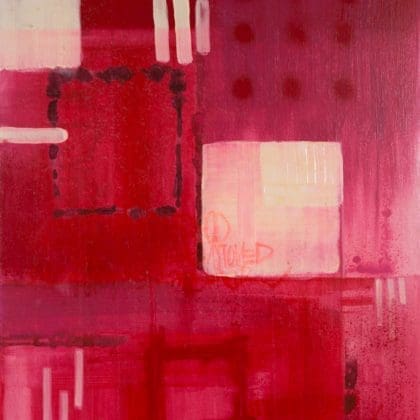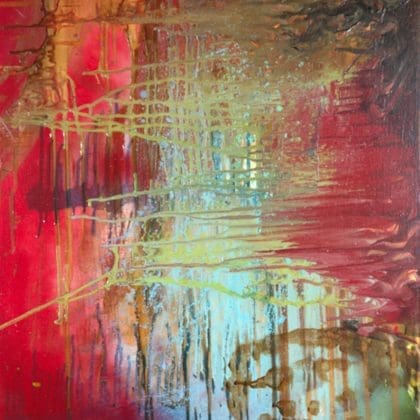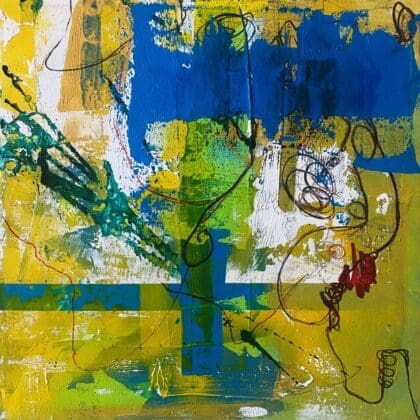As a collector, the value of the art you acquire isn’t determined solely by its aesthetic appeal or the artist’s reputation. One key factor that can significantly influence the price and desirability of a piece is its provenance—the history of its ownership. Provenance tells the story behind an artwork, detailing its journey from the artist’s hands to its current place in your collection.
Understanding the impact of provenance on art value is essential for any serious collector. In this article, we’ll explore what provenance is, how it affects the value of art, and how you can use it to make informed decisions in your collecting journey.
1. What is Provenance?
Provenance refers to the documented history of an artwork’s ownership, exhibitions, and sales. It’s essentially a paper trail that proves the authenticity and legitimacy of the piece. A strong provenance can add significant value, while a lack of it might raise questions about authenticity or ownership disputes.
Key elements of provenance:
Artist’s documentation: Signed certificates, artist statements, or letters verifying the work’s creation.
Previous ownership records: Documentation of notable past owners, including galleries, museums, or famous collectors.
Exhibition history: Whether the piece has been shown in significant galleries, art fairs, or museum exhibitions.
Auction sales records: Documentation of prior public sales, especially at reputable auction houses.
2. How Provenance Affects Art Value
The strength and clarity of an artwork’s provenance can dramatically impact its market value. Provenance can serve as a safeguard against forgeries, boost a piece’s prestige, and create a deeper connection to the work’s historical and cultural context.
Here’s how provenance influences value:
Authenticity: Provenance verifies that the artwork is an original and not a reproduction or forgery. Clear, undisputed documentation can prevent the risks associated with purchasing fraudulent pieces, giving buyers confidence in the work’s legitimacy.
Prestige of Previous Owners: If a piece was once owned by a famous collector, prominent gallery, or museum, its prestige—and thus its value—increases. Artworks that have passed through the hands of notable collectors are seen as more desirable and often command higher prices at auction.
Exhibition History: Artworks that have been featured in well-known galleries, museums, or influential exhibitions have a higher perceived value. This exhibition history not only elevates the status of the artwork but also signals its cultural significance.
Historical and Cultural Relevance: Pieces with strong provenance often carry stories of cultural or historical importance. Knowing that an artwork was part of a major artistic movement or created during a significant period can elevate its appeal to collectors, historians, and investors alike.
Example: A painting by Pablo Picasso with clear provenance linking it to a famous collector and a prestigious museum exhibition will fetch far higher bids than a similar work by the same artist with unknown or incomplete ownership history.
3. Common Issues with Provenance
While a well-documented provenance boosts value, gaps or questionable documentation can create challenges. Collectors need to be aware of common issues that can arise with provenance:
Incomplete Documentation: Sometimes, ownership records may be lost or incomplete, especially for older works. This can lead to uncertainty about the work’s authenticity and reduce its value.
Forgery or Faked Provenance: In some cases, fraudulent documentation has been created to fake an artwork’s origin. Even well-established collectors have fallen victim to forged provenance, so it’s essential to conduct thorough research.
Ownership Disputes: Artworks with unclear or disputed ownership, particularly those looted during wars or stolen in recent times, can be problematic. These works may have legal claims against them, which can make reselling difficult or impossible.
Pro Tip: Before purchasing a piece, always request full documentation of its provenance. If gaps exist, seek expert advice or authentication to avoid potential pitfalls.
4. How to Verify Provenance
As a collector, you want to ensure that the artwork you’re acquiring has reliable and traceable provenance. Here are a few ways to verify the provenance of a piece before making a purchase:
Ask for Documentation: Always request certificates of authenticity, receipts, and previous ownership records. Legitimate dealers, auction houses, and galleries should have no issue providing these.
Check Auction Records: If the artwork has been sold at auction before, you can verify the sale through databases like ArtNet or Sotheby’s, which often keep public records of past sales.
Consult Experts: Art historians, appraisers, and provenance research experts can help authenticate a piece’s ownership history and clarify any gaps or questionable details.
Use Provenance Databases: Some organizations maintain provenance databases, especially for high-profile works. These records can provide you with a deeper understanding of a work’s history and legitimacy.
Example: When buying a work from an emerging artist, requesting provenance may not yield much beyond the original sale, but this still offers proof of authenticity and can become valuable documentation as the artist’s career progresses.
5. The Role of Digital Provenance in the Future
With the rise of blockchain technology and digital art, particularly NFTs (Non-Fungible Tokens), provenance has taken on a new dimension in the digital realm. Blockchain allows for transparent, immutable ownership records, making it easier to trace the history of digital works and authenticate their origin.
Benefits of digital provenance:
Transparency: Blockchain provides a permanent, unalterable record of an artwork’s ownership, reducing the risk of forgery or fraud.
Ease of Transfer: Digital provenance makes it simpler to track and verify ownership as artworks change hands over time.
Broader Market: Digital provenance opens up the possibility for more emerging and independent artists to establish credible records, leveling the playing field for collectors.
Pro Tip: While blockchain provides a new tool for tracing provenance, it’s still essential to ensure the platform or marketplace is reputable when buying digital art.
Conclusion: Provenance as a Key Factor in Art Collecting
Provenance is far more than just a historical record—it’s a powerful tool that can significantly enhance the value, authenticity, and desirability of an artwork. As a collector, understanding provenance and how it impacts the art market will allow you to make more informed and confident purchases. Whether you’re buying a masterpiece from a renowned artist or a new work from an emerging creator, provenance can elevate your collection and ensure your investments retain their value over time.
Now it’s your turn: Take action by reviewing the provenance of your current collection and researching the history behind potential new acquisitions. Don’t hesitate to ask for documentation when making a purchase, and always consult experts if you’re unsure. Ensuring the authenticity and rich history behind your pieces will not only protect your investment but also deepen your connection to the art you collect.




